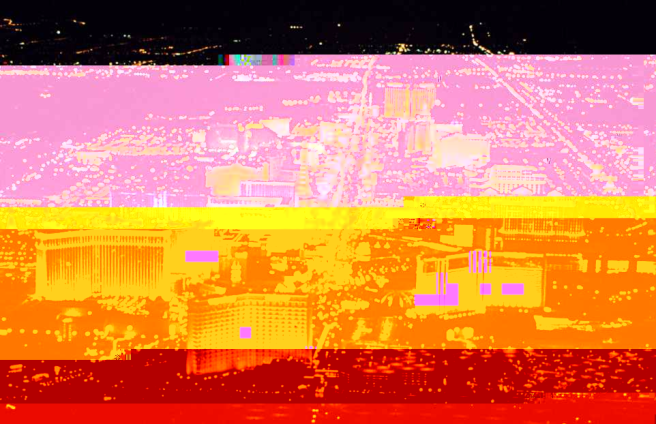While art is arguably the most subjective creation known to man, an artform that creates a near clear divide on love and hatred is graffiti. Some people see it as an unsightly blight on suburban and urban areas created by miscreants searching for an adrenaline buzz, while others see it as a daring artform that, juxtaposed with its creation and location, sends a meaningful message to all who see it.
Graffiti is an illegal art, so people caught putting it up can be punished with fines of $500 or more depending on the incident. However, graffiti is a mostly impermanent type of installation art that holds significance and meaning to people all over the world, and should not be treated as a lesser form of art.
Because graffiti happens in impoverished areas, most people perpetrating it are low-income citizens, often people of color as gentrification works. As with many aspects of other cultures, America is fascinated by it and uses it in their own cultures, but vilifies its roots and the people who established it. Currently one of the most well-known graffiti artists is a white man, and many other “well-known” graffiti artists are also white, many of them having never lived in the situations that cultivate graffiti artists.
Graffiti as an art form was born from and honed in the cities, particularly in lower-class areas. The art form itself acts as a medium to transmit the lifestyle of people living in these parts of town, to tell their stories, their struggles. Graffiti can be beautiful and intricate, and the lengths people go to put graffiti up in hard-to-reach, sometimes perilous places, prove their dedication to their art is the same as any conventional painters’.

